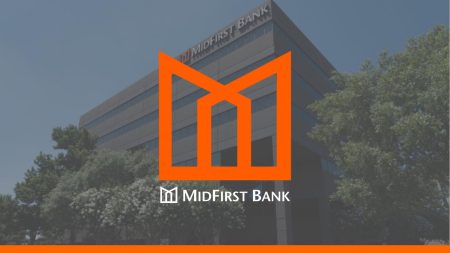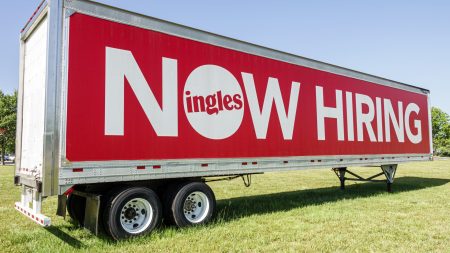The U.S. economy is facing a significant problem as the birth rate has dropped to multi-decade lows, with women giving birth to only 1.6 babies on average last year. This is the lowest level since the 1930s, which could lead to a decline in the overall population if it continues. Factors such as easy access to contraception and legal abortions have contributed to this decline. Additionally, there is little public support for increased immigration to help offset the falling birth rates.
Despite the challenges posed by the declining birth rate, artificial intelligence (AI) may offer a solution to help increase productivity and stimulate economic growth. By implementing AI tools in various sectors, such as research, medical diagnosis, advertising, and fraud prevention, workers can become more efficient and produce more output in a given time period. This increase in productivity can help compensate for the drop in birth rates and potentially lead to overall economic growth.
Historically, technological advancements such as tractors have helped increase the productivity of workers in various industries, and AI has the potential to do the same in the modern era. By leveraging AI technologies to streamline processes and tasks, businesses and individuals can increase their output and contribute to a more productive economy. This could ultimately help offset the declining population growth and ensure the continued growth of the U.S. economy.
While the impact of AI on productivity and economic growth is promising, further research and development are needed to fully realize its potential. By harnessing the power of AI tools for tasks such as research, medical diagnosis, and financial fraud prevention, businesses and individuals can become more efficient and productive. This increased productivity can help counterbalance the effects of the declining birth rate and ensure the continued growth and prosperity of the U.S. economy in the long term.
As AI technologies continue to evolve and improve, their potential to enhance productivity and stimulate economic growth becomes increasingly apparent. By integrating AI tools into various sectors and industries, businesses and individuals can optimize their processes and tasks, leading to increased output and efficiency. This, in turn, can help offset the impact of declining birth rates and ensure the continued growth and success of the U.S. economy.
In conclusion, the declining birth rate in the U.S. presents a significant challenge to economic growth, but artificial intelligence offers a potential solution to increase productivity and stimulate economic growth. By leveraging AI tools in research, medical diagnosis, advertising, and fraud prevention, businesses and individuals can become more efficient and productive, offsetting the effects of a shrinking population. As AI technologies continue to advance, their potential to enhance productivity and drive economic growth becomes increasingly promising for the future of the U.S. economy.















